The narrative of America's founding often overlooks the contributions of key figures, their stories fading into obscurity or intentionally erased. Chief Tamanend, also known as King Tammany or Saint Tammany, is one such figure. This 17th-century Lenni Lenape leader forged an alliance with William Penn, the English Quaker who established Pennsylvania in 1682.
Revered as the "Patron Saint of America" by the Founding Fathers and Revolutionary War patriots, Tamanend's influence extended far beyond his lifetime. As Leon Nelson Nichols documented in his 1892 book "The History of Tammany," Pennsylvania troops under George Washington were the first to carry banners bearing Saint Tamanend's name, a practice soon adopted by the entire Continental Army.
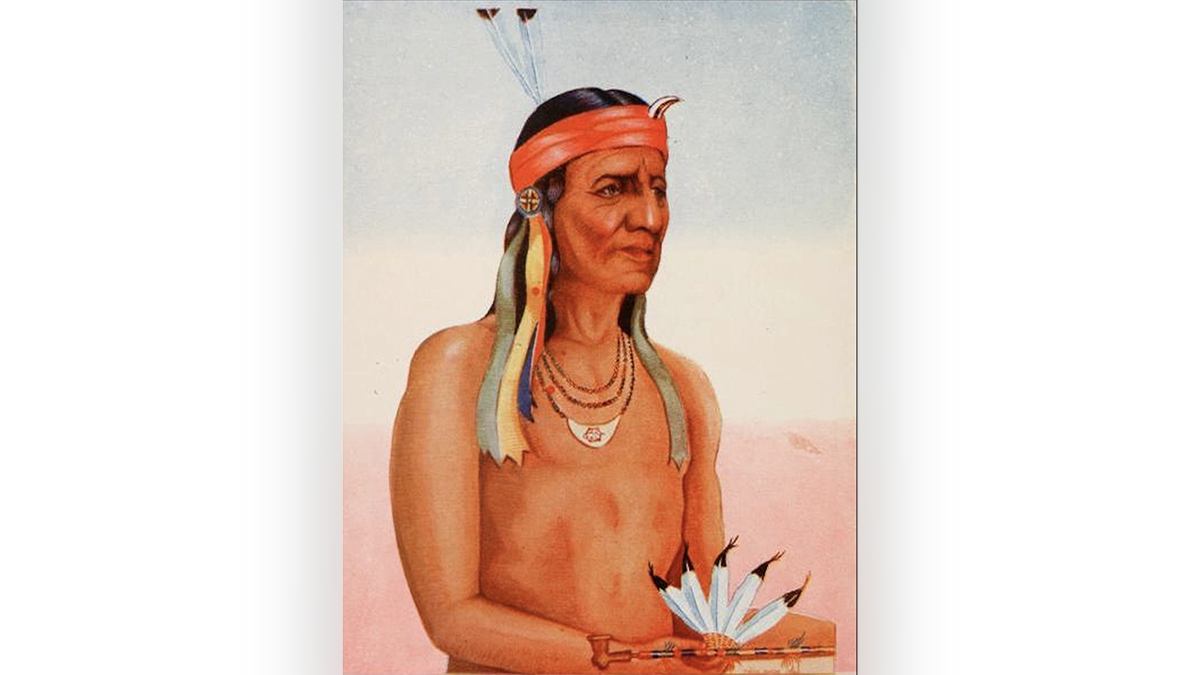
Tamanend's legacy of peacemaking between Native American tribes and English settlers is acknowledged even today by the Delaware Tribe of Indians. His importance in early America was such that John Adams, in a 1777 letter to Abigail Adams, noted May 1st as "King Tammany’s Day," a celebration as significant as the Fourth of July.
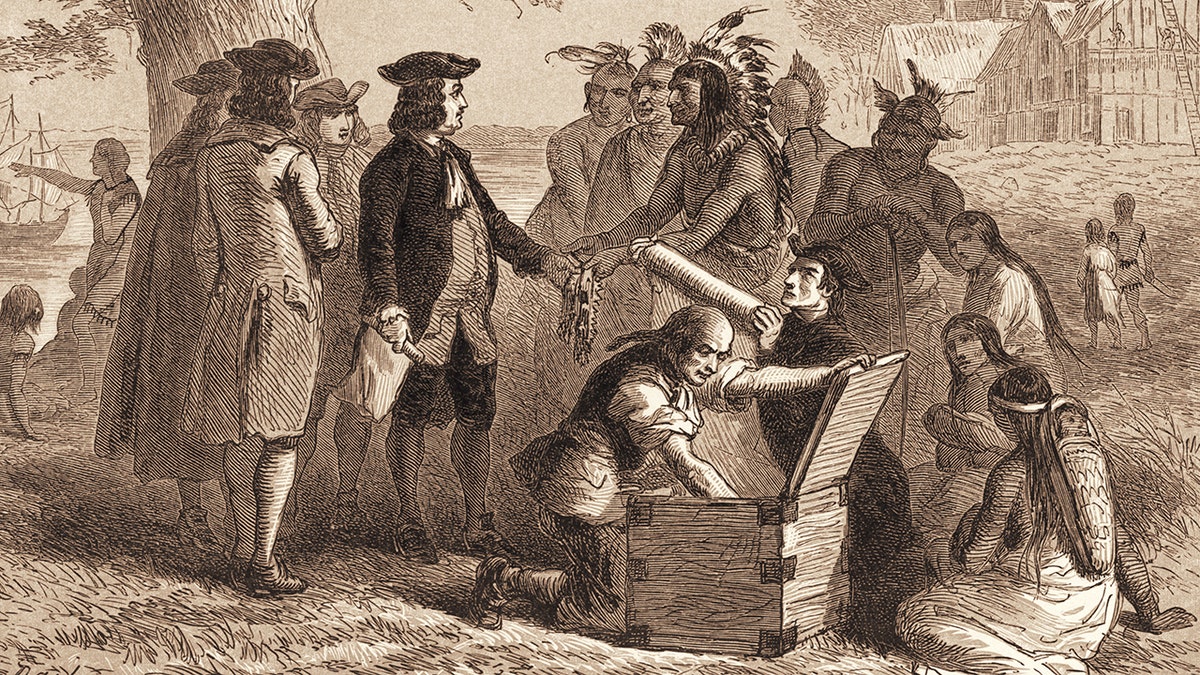
The spirit of Tamanend resonated deeply with the soldiers of the Revolution. His image became a symbol of patriotism, wisdom, and the burgeoning American identity. This reverence continued into the 19th and 20th centuries, influencing American politics and popular culture, including the uniforms of professional sports teams.
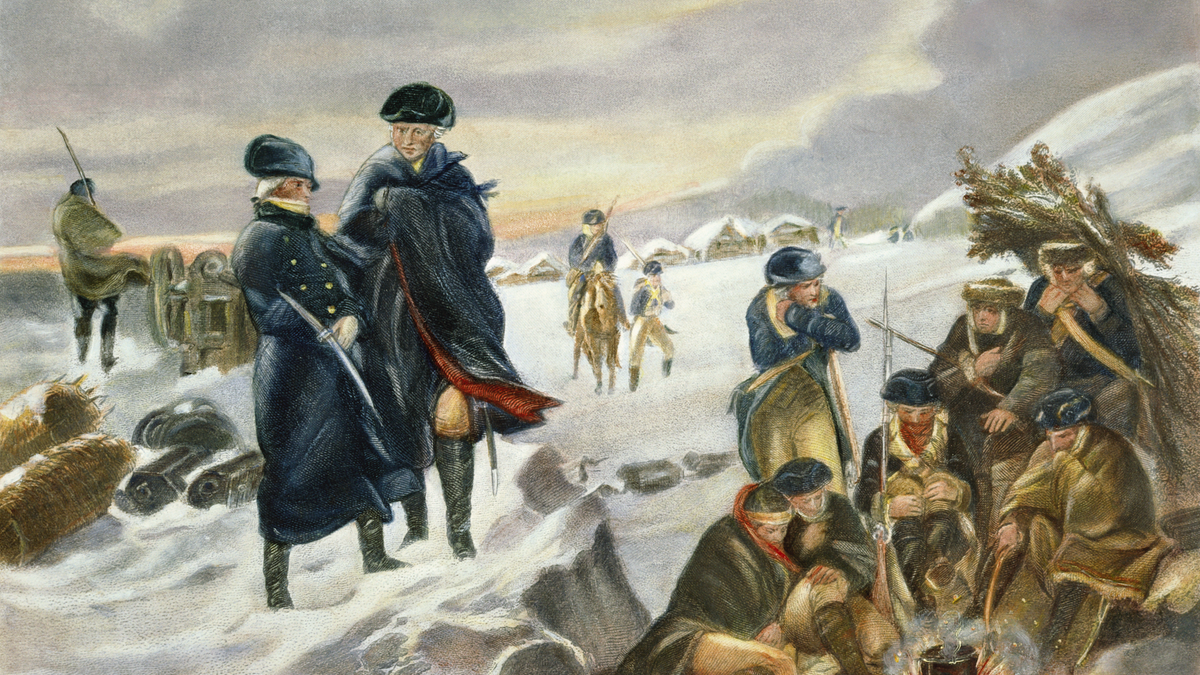
From the first American opera, "Tammany: the Indian Chief," performed in 1794, to his appearance in James Fenimore Cooper's "The Last of the Mohicans," Tamanend's presence permeated American art and literature. Statues in Annapolis, Philadelphia, and Gettysburg further solidified his place in the nation's historical landscape.
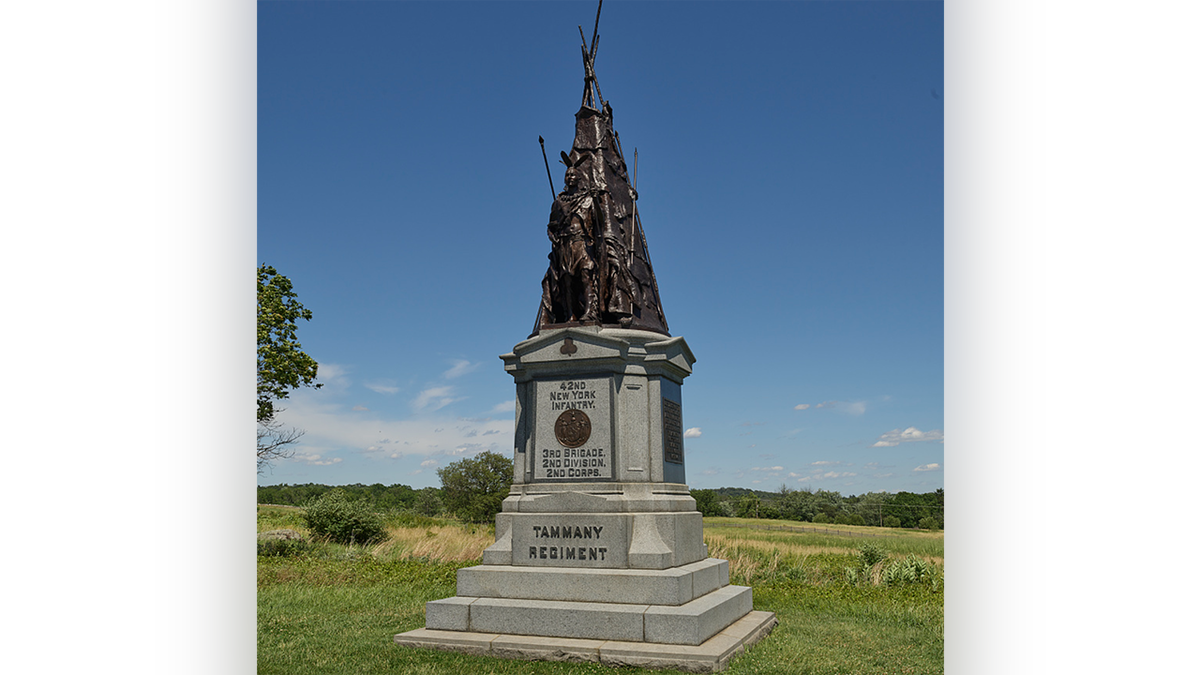
Numerous patriotic Tammany societies sprung up across the nation, embodying the ideals of liberty and fraternity. One such organization, the Tammany Society, or Columbian Order, formed in 1790, aimed to unite Americans in their commitment to political rights and freedoms.

The name and image of Tamanend also became associated with Tammany Hall, the powerful Democratic political machine in New York City. This connection, however, eventually led to a decline in Tamanend's reputation, as Tammany Hall became synonymous with corruption.

Tamanend's image found its way into professional sports through James Gaffney of Tammany Hall, who purchased the Boston Rustlers baseball team in 1912 and renamed them the Boston Braves in honor of Tamanend. The Braves carried Tamanend's image on their uniforms, even during Babe Ruth's final season in 1935.
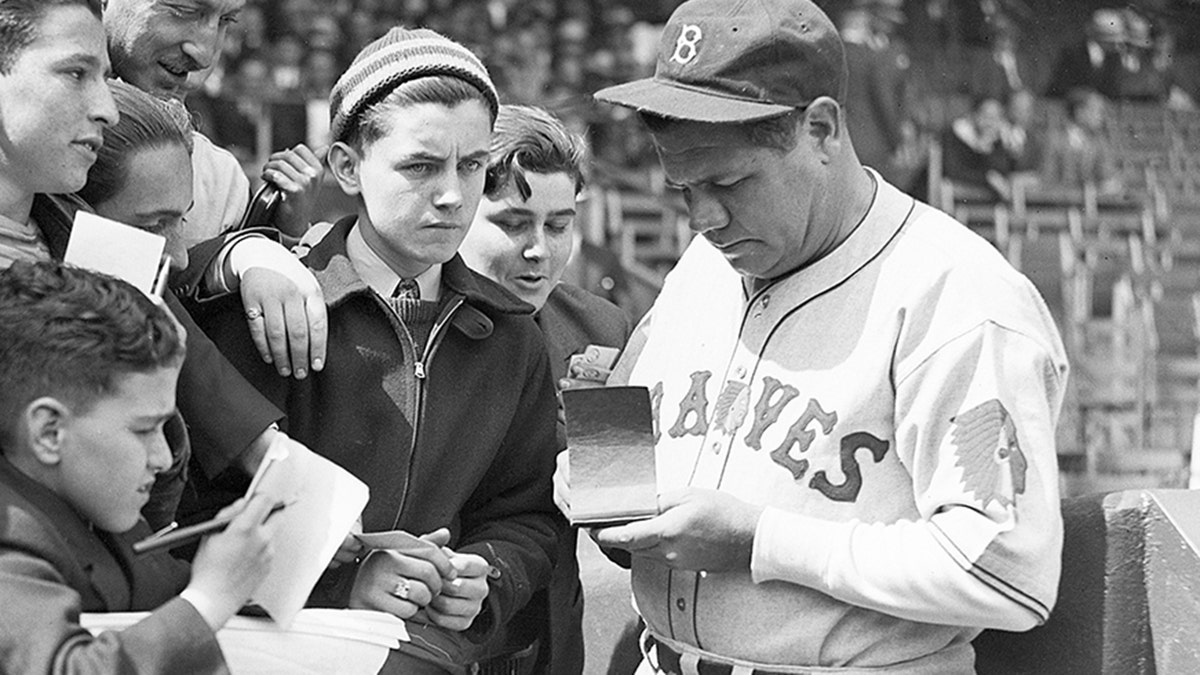
The story of Tamanend continued to evolve, influencing the naming and imagery of the Washington Redskins (now Commanders) football team. While the team's original adoption of Native American imagery was intended as a tribute to Tamanend, it later became a source of controversy, ultimately leading to the team's rebranding.

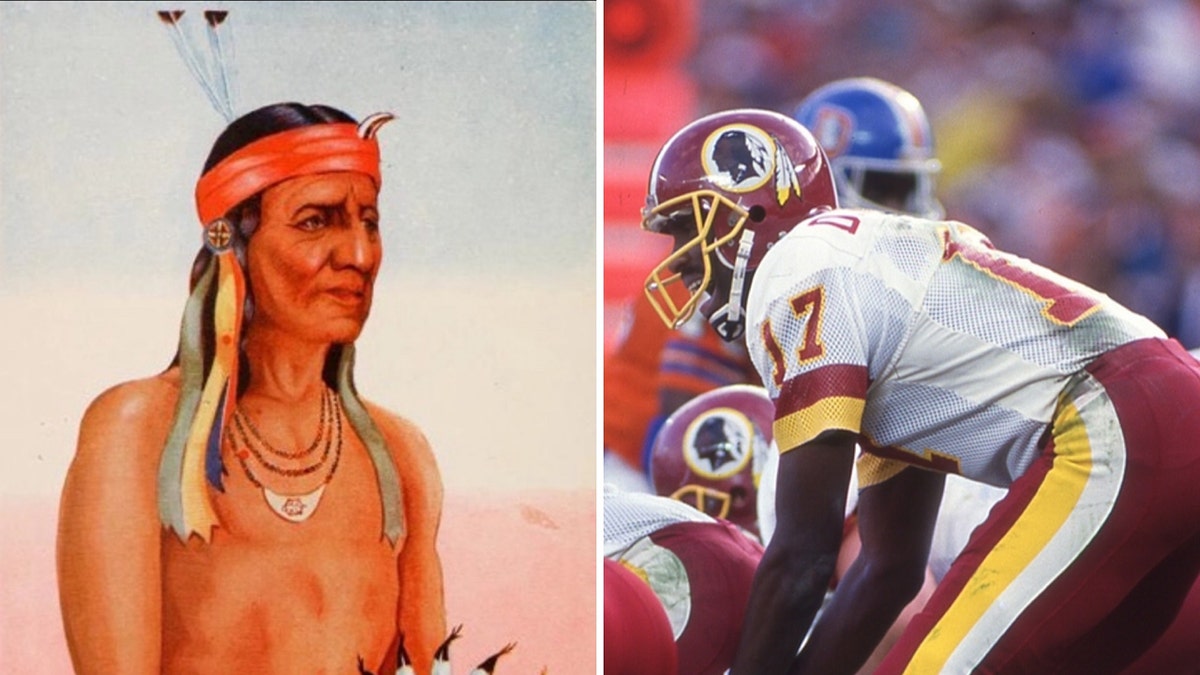
Chief Tamanend’s story, a blend of historical fact and evolving interpretations, serves as a reminder of the complexities of American history and the importance of understanding the full context of the past.
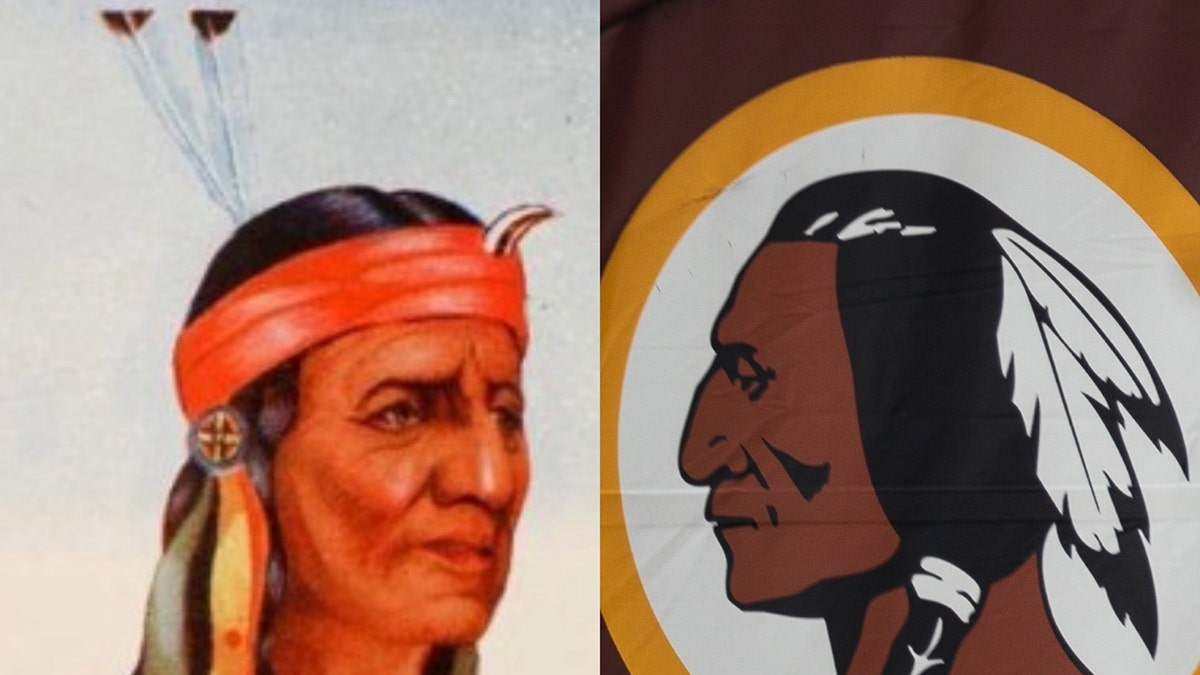
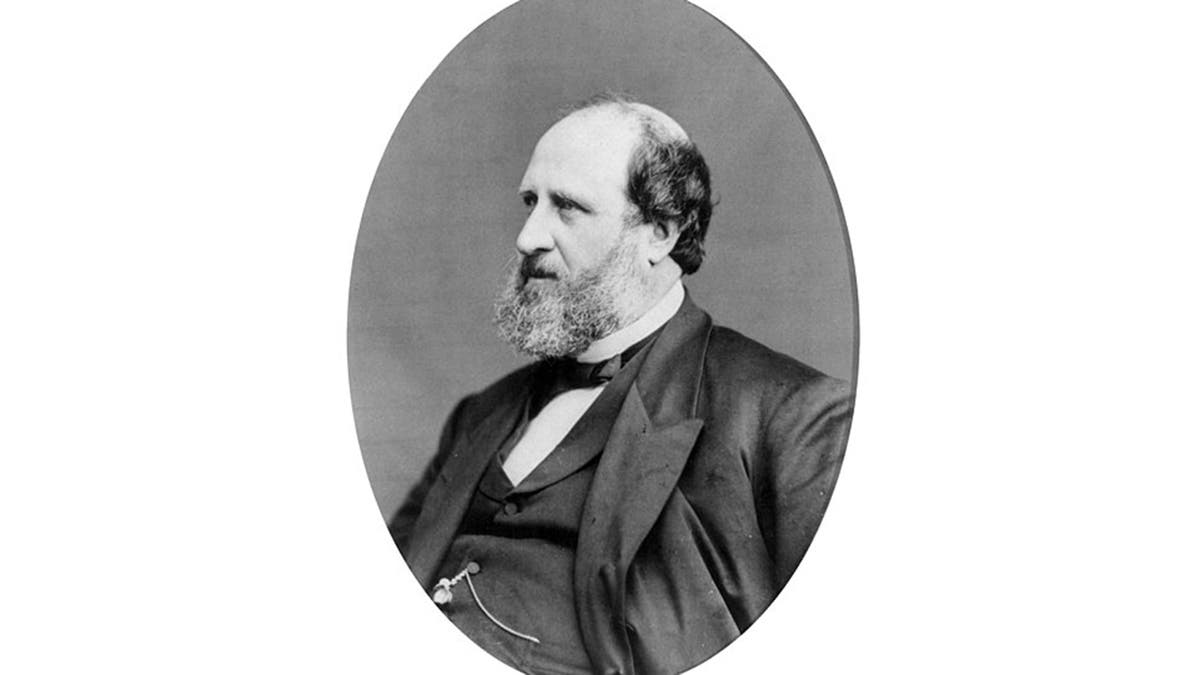
Comments(0)
Top Comments